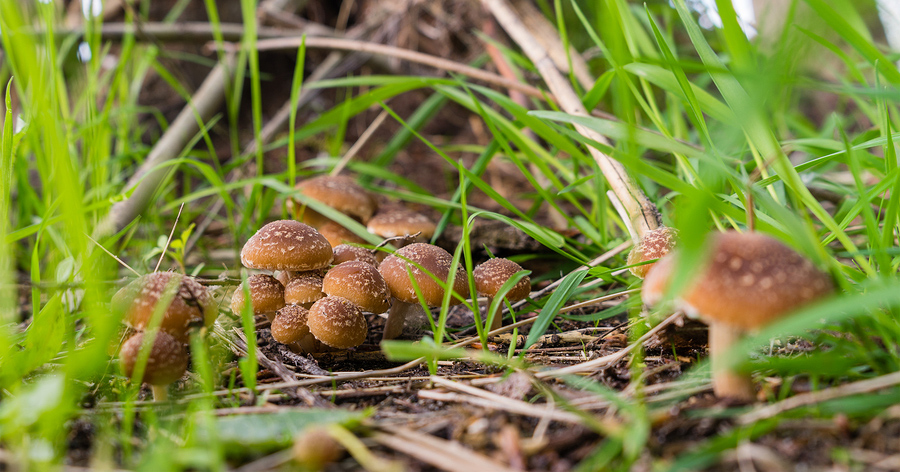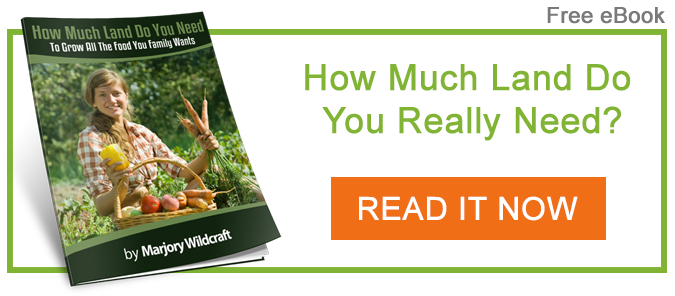Amateur Mushroom Hunting
Mushroom hunting is a time honored tradition that goes back hundreds of years or more in many cultures around the world. Wild mushrooms are a source of nutrition, medicine, and fun for many people… but they have a certain stigma because some wild mushrooms are poisonous.
Identifying wild mushrooms can be a real challenge for beginners, and there is a lot of contradictory information out there. The best approach is to get assistance from someone who knows what they’re doing, and I’ll give you a little more information about that below…
Misunderstood Mushrooms
There are plenty of myths and legends around wild mushrooms. A few common myths could actually lead you astray, with consequences ranging from a bad taste in your mouth, to not feeling well for a few hours, to a trip to the emergency room.
Here are a few myths that you should be aware of if you’re planning to go mushroom hunting:
– Poisonous mushrooms tarnish a silver spoon – False
– If it peels, you can eat it – False
– All mushrooms growing on wood are edible – False
– Mushrooms that squirrels or other animals eat are safe for humans – False
– All mushrooms in meadows and pastures are safe to eat – False
– All white mushrooms are safe – False
– Poisonous mushrooms can be detoxified by parboiling, drying or pickling – False
That list comes from the Ohio State University Extension. They have a helpful guide that also includes some important practices like saving a sample when you eat a wild mushroom, so that if you do get sick the doctors can identify what you ate.
Read or download the orginal PDF here: Wild Mushrooms
The OSU guide offers some good information, but one of the most important things to keep in mind when you’re mushroom hunting is that you need to find resources that are specific to your region. So, how does one do that? …
Read more: Growing Mushrooms on Logs
Finding Good Guidance for Your Region
Despite the stigma, learning to identify wild mushrooms is something anyone can do. If you’re brand new to this, you should definitely seek some guidance.
If you choose to use a field guide or another printed resource, make certain that your guide is appropriate for your specific region. Some popular edible mushrooms have poisonous look-alikes that grow in certain regions.
For most people, the best resource is an experienced person who is familiar with the mushrooms in your region. The North American Mycological Association maintains a list of affiliated clubs that meet in various regions across the continent. You can search by state or territory, and there’s a good chance that you’ll find a club near you. You can find the list of NAMA affiliated clubs here: http://www.namyco.org/clubs.php.
Thanks to the North American Mycological Association for sharing their list of regional clubs.
Thanks to the Ohio State University Extension for sharing their publication about wild mushrooms.
Important Safety Note: The Grow Network does not assume responsibility for any decisions you choose to make about eating wild mushrooms (or anything else, for that matter). We believe members of the Grow Network are capable, intelligent people – and our advice is only to seek out a knowledgeable person from your region to help you make your own decisions.








